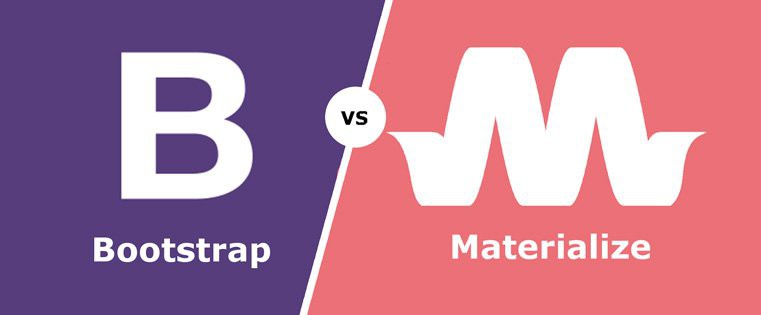What is Material Design?
28 November 2017 / 0 Comment
Material Design vs. Bootstrap Let's say you are designing a dynamic website or web application. Making the components you use with a powerful front-end framework can ensure that you finish your work weeks or months ahead of time. In fact, we can call it templates written with codes known in the coding world. Thus, the designer designs the user interface more simply. Material Design In June 2014, Google launched under the name material design, a new visual language that "blends the classical principles of good design with the possibilities and innovation of science and technology". A year later, after deciding to open this design language for all developers, many frameworks emerged. (Ex. Materialize, MUI, Material-UI) Initially called Twitter Blueprint, the bootstrap was developed by twitter developers to make the interface components consistent. Bootstrap currently considers itself "the most popular HTML, CSS and JS Framework for developing responsive design and mobile design projects on the web". In recent years, it has been leading the way in framework selection. But we can say that material design definitely forces the dominance of bootstrap, especially if we add different developers. Material Design vs. Bootstrap Design Comparison After examining the main differences and different features between Material Design and Bootstrap, let's leave the decision to you. philosophy Bootstrap was originally made by Twitter with the aim of simplifying the creation of responsive websites. It offers many components and customizations for making web applications. Material Design presented the concept that Google created to spread it to the web world. It is based on basic design. It doesn't give more. The rest belongs to the designer.
Developer Experience Bootstrap has a detailed documentation library. A faster result is obtained as there is large sampling while designing. Material Design is built on the BEM (Block, Element, Modifier) methodology. Components are made up of combinations of more than one class. This approach provides ample control but can make the HTML cumbersome. Components In Bootstrap, HTML elements can come together in a layout in terms of style and shape. It can offer a large number of additional components for each type of design. Material Design yields fewer components than Bootstrap. However, it comes with beautiful animations and styles, as it's all focused on building material design applications. Order Bootstrap, rearranging columns, hiding etc. It has an advanced grid system. Material Design has a more primitive grid system. Does not support advanced features. Design Bootstrap offers more familiar and slightly above-average default designs. However, there are some great themes to choose from. Material Design features innovative looks, bold colors and great animations. It allows you to customize the look of your web application with the basic and accent color options available to you. Community Bootstrap has an enormous community of blog posts, plugins and themes, thanks to the long-running advantage. Since Material Design has so many alternative framework developers, they have a tight community, although not nearly the same.


Comments: 0